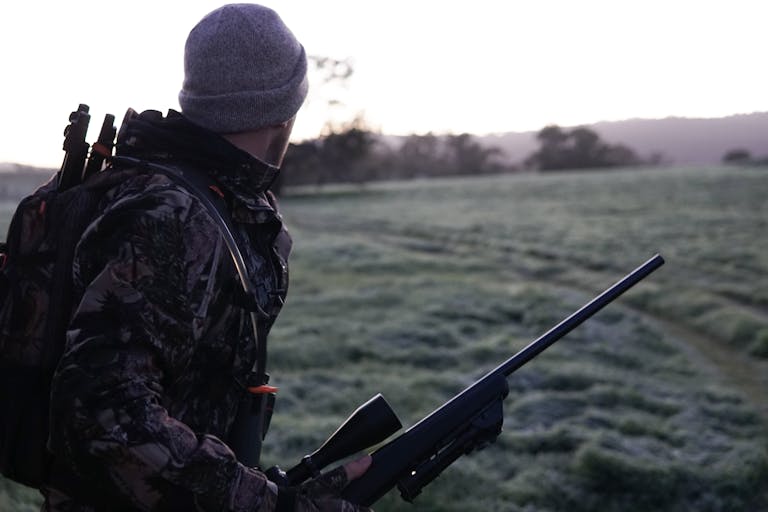From a Horse-Drawn Cart to a 100-Year Legacy: The Parker House Story and Why Your Business Narrative is Your Most Valuable Asset

What is your company’s most valuable asset? If you’re a founder or a CEO, you might point to your intellectual property, your real estate holdings, or your cash flow. If you’re the head of a multi-generational family business, you might say it’s your reputation or your client list. These answers are all correct, but they are incomplete. The single most valuable, inimitable, and powerful asset your business possesses is its story.
Learn How to Leverage Your Story through our Story To Asset Framework.
Your story is not a “soft” asset. It is the engine of your brand, the foundation of your culture, and the blueprint for your future. It is the one thing your competitors can never copy. In a world of commoditization, your heritage is your ultimate differentiator.
But too often, this asset is left unmanaged, undocumented, and untold. It lives in the memory of a founding generation or is scattered across dusty press clippings.
Today, I want to show you what it looks like when a story is preserved, protected, and allowed to become the cornerstone of a 100-year legacy. We’re going to look at the story of the Parker House Sausage Company, a business that began with a horse-drawn cart and became a history-making American institution.
The Founder’s Journey: From Recipe to Reality
For every Established Diaspora Leader reading this, every founder, CEO, and coach who built something from nothing, the story of Judge H. Parker will sound familiar.
In 1919, Judge H. Parker joined the Great Migration, moving from Montgomery County, Tennessee, to the bustling, industrial landscape of Chicago. He was not a wealthy man. He didn’t have venture capital or a pre-established network.
What he had was a “recipe.”
In your case, your “recipe” was your 20+ years of expertise, your unique coaching methodology, or your disruptive business model. For Judge Parker, it was literally a recipe: his mother’s unique blend of herbs and spices for “flavorful, savory sausage.”
See also Making Tourism & Hospitality More Appealing to Travelers in 2024: Insights from Industry Leaders
He started just as so many entrepreneurs do: with the hustle. He sold his sausage from a horse-drawn cart, building his reputation one customer at a time.
This origin story is critical. This is the “founder’s journey,” and it is the bedrock of your legacy. It’s the part of your story that builds the legend. It’s the proof of your expertise, your resilience, and your vision.
For the founder today:
Your journey from your first client, your first small office, or your first line of code is your “horse-drawn cart” moment. It’s the human, relatable hook that proves your authenticity. If you have not documented this, the why and the “how” of your beginnings, you are leaving the most powerful part of your brand narrative to chance.
The Pivot: From Hustle to Institution
A hustle is not a legacy. A legacy is an institution. The next chapter of the Parker House story shows us how to make that critical pivot.
- 1921: Judge Parker had built enough demand to acquire a small plant and refrigerated trucks. He scaled his production.
- 1926: He established the company’s headquarters at 4605 S. State in Chicago—the same location it stands today. This is a physical anchor for the legacy.
- 1927: Parker House was officially incorporated.
This last milestone is not just a piece of administrative trivia. In 1927, Judge H. Parker made history. He became the first person of color to own and operate a meat processing plant in the Midwest.
Let that sink in.
This single fact transforms the Parker House story from a simple “local business makes good” narrative into a story of historical significance. This is a legacy moment. It speaks to breaking barriers, to pioneering, and to achieving the “impossible” against incredible odds.
For the Established Diaspora Leader:
What barriers have you broken? Are you the first in your family, your community, or your industry to reach a certain height? Are you a Black founder who has secured institutional funding in a market that is notoriously difficult? Are you a Black woman CEO in a space dominated by men?
These are not just “firsts” to be proud of; they are strategic assets. They are the moments that must be captured and woven into your professional story. This is what separates your brand from all others.
For the Multi-Generational Family Business:
Your company’s history is filled with these “firsts.” The moment your founder bought his first building, signed his first major contract, or survived a major economic depression, these are all proofs of concept.
See also Why the Rise of Black-Owned Businesses Is a Legacy Story We Can’t Afford to Lose
They demonstrate resilience, stability, and a quality that has been tested by time. This is not just history; it is a premium marketing asset that builds trust and justifies your price.
The Legacy in Motion: How to Tell a 100-Year Story
A legacy isn’t something that is built and then put on a shelf. It must be nurtured, adapted, and actively told. The Parker House story didn’t end in 1927. The company continued to innovate, and just as importantly, it chronicled its innovations.
- 1939: The company expanded to serve five states, proving its model could scale.
- 1962: Decades before the internet, Parker House launched a direct-ship mail service. This was an innovative B2B strategy, showing the company was not just a relic but a forward-thinking enterprise.
- 1971: The company received national validation when it was recognized by Time Magazine as one of the oldest family-owned businesses in the U.S.
- 2019: The company celebrated 100 years of operation.
Today, you can find Parker House Sausage in major retailers, including Walmart.
Think about the power of that narrative. From a horse-drawn cart to Walmart. From a mother’s recipe to the pages of Time Magazine.
This 100-year story is their single greatest competitive advantage. It tells a customer, without a shadow of a doubt, that this company stands for quality, heritage, and resilience.
Your Story is Your Most Valuable Asset. Are You Using It?
The Parker House story is public because it has been preserved and shared. But what about the stories, the expertise, and the history locked inside your organization?
For the Established Diaspora Leader:
You have spent decades building your business and your body of work. Your “recipe”—your unique worldview, your systems, your hard-won lessons—is priceless. Right now, it lives in your head, in your keynotes, and in your private consultations.
What happens to that expertise when you decide to retire? How do you package 20+ years of wisdom for the next generation?
This is where your story becomes a tangible asset. A Signature Legacy Book is not a memoir; it’s a blueprint. It codifies your methods, immortalizes your journey, and becomes the foundation for your next 50 years of influence. A Signature Video transforms your personal “why” into a powerful tool that can build trust and authority at scale.
For the Multi-Generational Family Business:
Your 50-year, 75-year, or 100-year history is the reason you can command a premium price. It is the proof that your craftsmanship, quality, and service are superior.
But is that story being told? Or is it trapped on a dusty “About Us” page that no one reads?
In a market saturated with cheap, faceless competitors, your heritage is your sword and shield. A beautifully crafted Legacy Book given to a high-value client isn’t a brochure; it’s a profound statement of quality. A Signature Video that tells the story of your grandfather’s first workshop isn’t just content; it’s an emotional anchor that builds a bond no competitor can break.
Your Legacy is Now
The Parker House Sausage Company sells sausage. But what they market is a 100-year legacy of quality, innovation, and African-American excellence. Their story is the asset.
Your story is your asset, too. The question is whether you will let it fade to memory, or whether you will forge it into the most powerful tool you own.
Your legacy is your most valuable asset. Before you print another brochure or run another ad, let’s talk about how to immortalize it. Let’s design the asset that will tell your story for the next 100 years.
Book your free 15-minute Legacy Strategy Call today.






